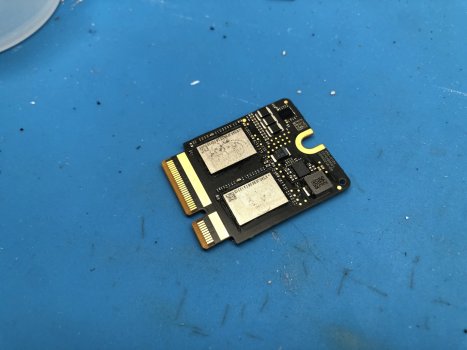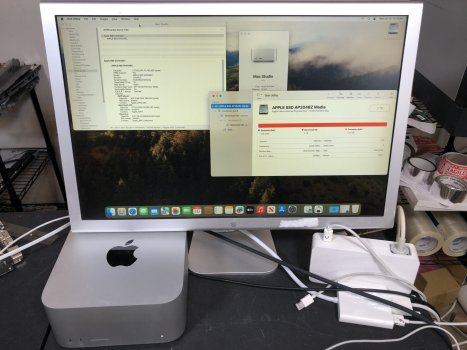Swapping chips on a PCB is a common thing. That is how they do repairs. Where I live in So. California there are many computer repair places that do this type of work. Yes, I know Apple does not, they swap entire PCBs even if only one tiny 2-cent part is bad.With the risk involved by both the seller and buyer it's crazy to believe somebody would provide this service/let somebody do it to their computer. If it was a service factoring in risks/labor/parts etc it could very likely be charged more than apples original upgrades.
This is purely for DIY.
AMAZING feat OP.
A common PC repair is one of the connectors, A USB or some other port is ripped of the PCB, It is not all that hard to replace if you have some practice.
These big BGA socket chips are the hardest ones but there are lots of electronic techs who do this for a living.






